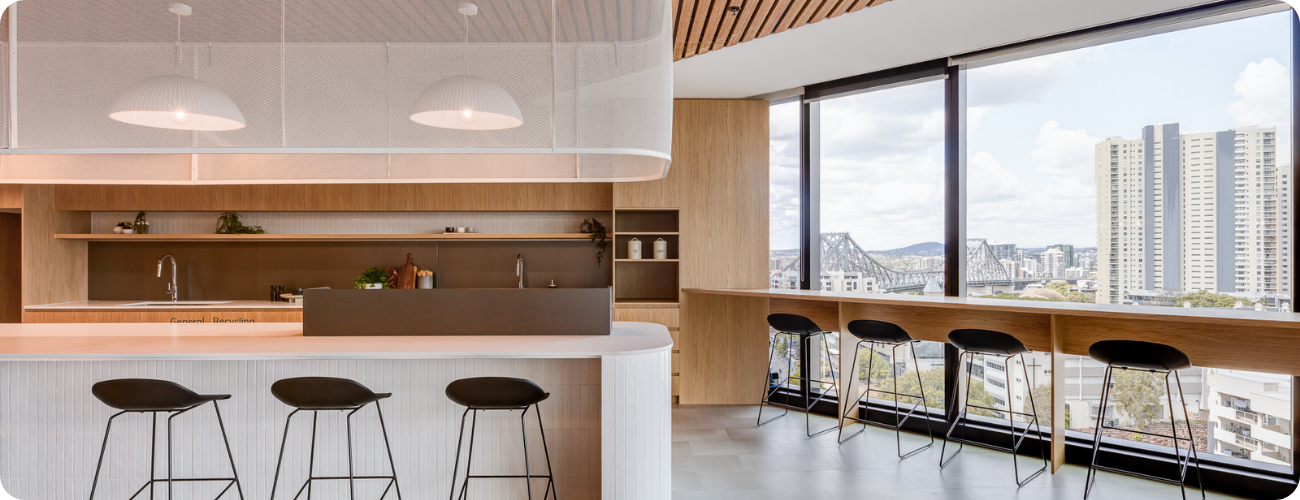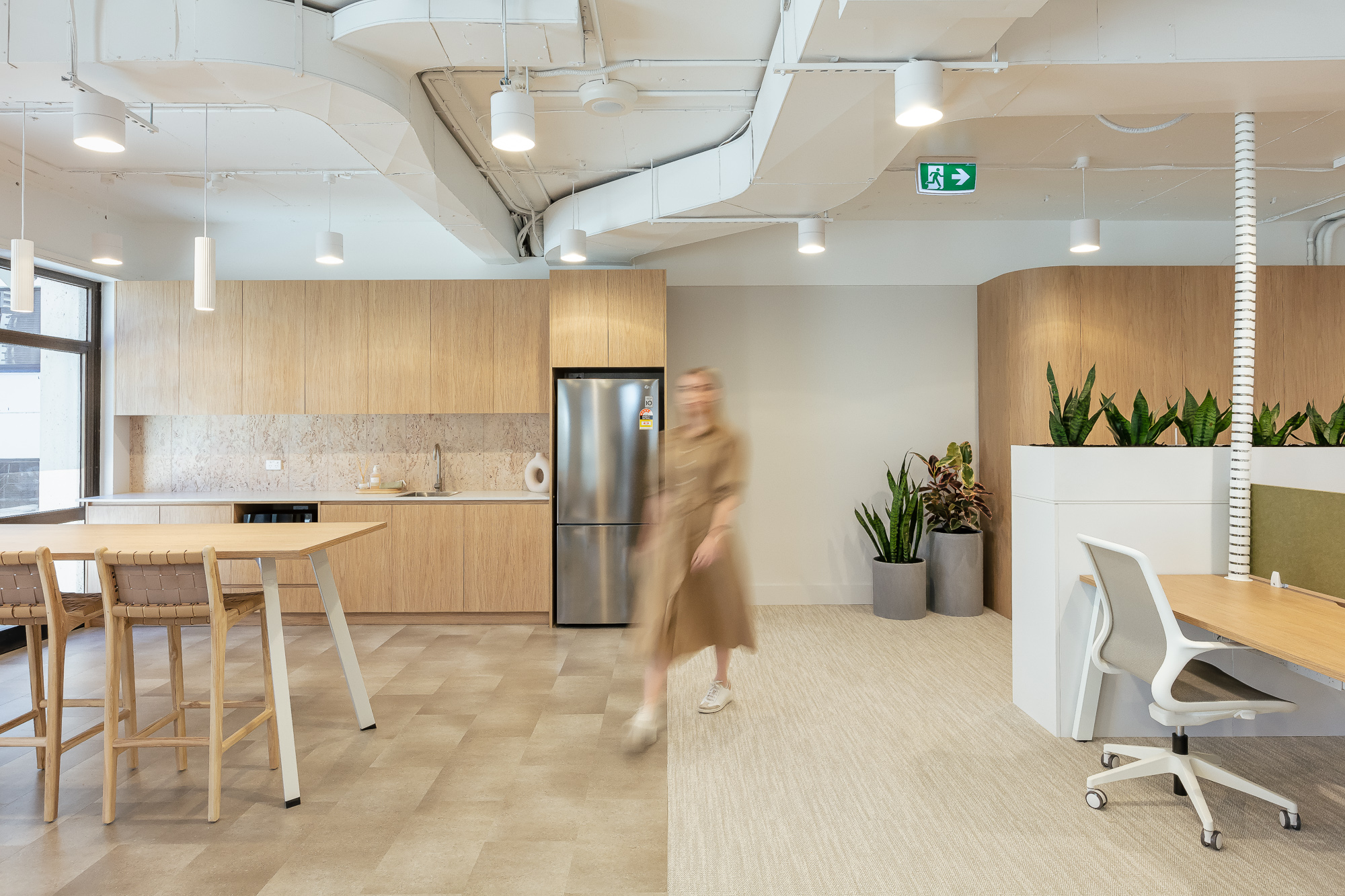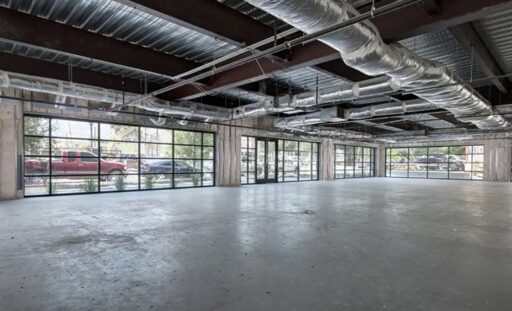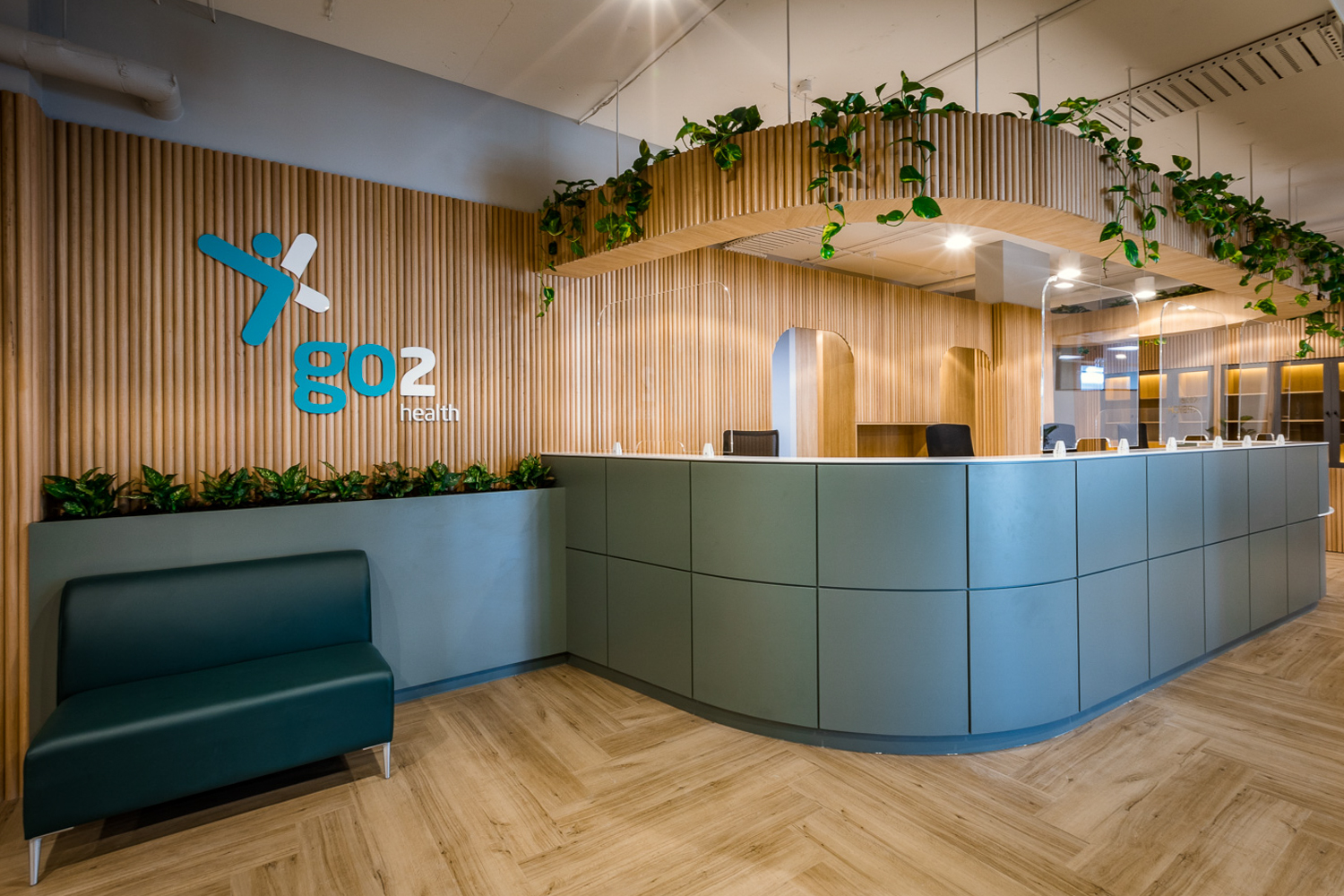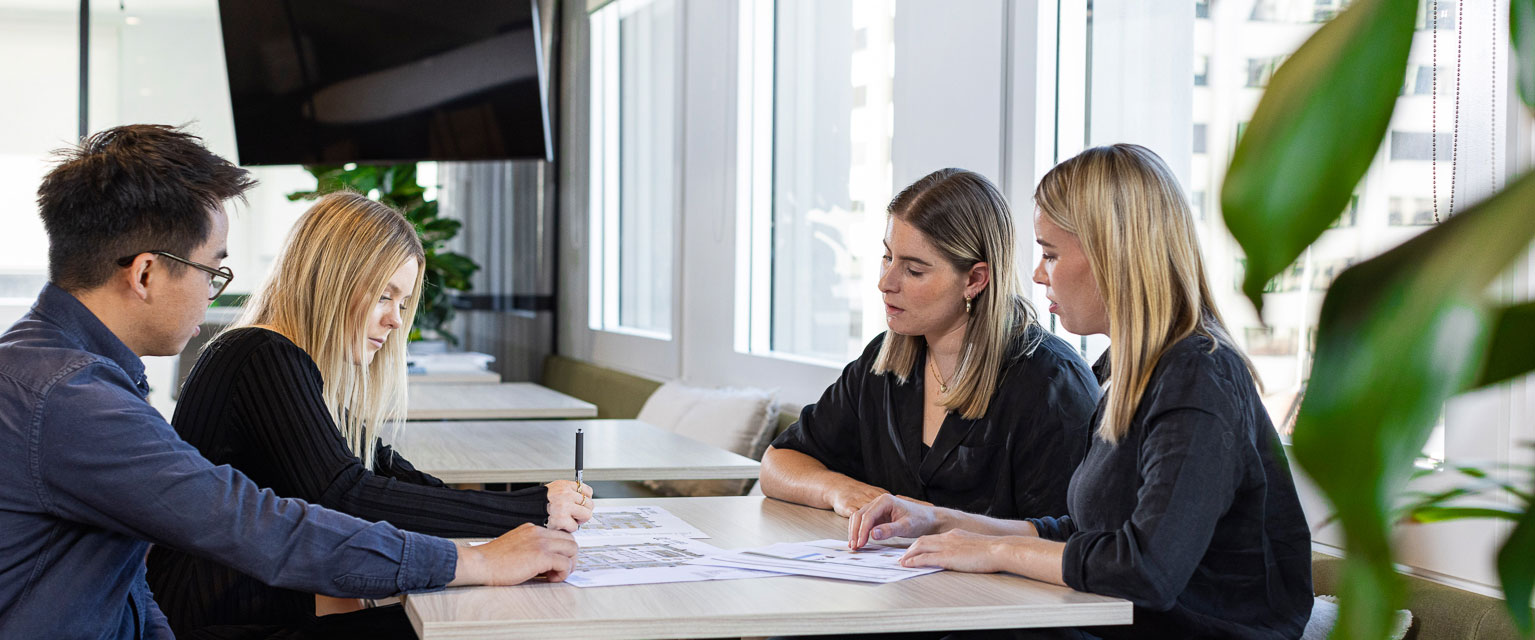Following on from our last blog – should you stay or go? – we delve into the cost considerations when opting to undergo a refurbishment of your existing space or relocating and undertaking a fit-out in a new space.
A recent in-house engagement survey indicated that 88% of companies perceive their office fit-outs as contributing positively to employee happiness, staff retention, and productivity.
While there is no one-size-fits-all answer to how much an office fit-out will cost, factors to be considered when planning a new fit out or renovation are location, size of the tenancy, complexity of the design, IT/AV requirements, acoustics, material selections and long lead times that affect program and possible sustainable selections which may have larger capital cost but overall lower operational costs.
Factors that could increase costs
– Glazing
– Mechanical
– Stone
– Zip taps
– AV
– Multiple meeting rooms / partitioning
Factors that could minimise costs
– Laminate
– Ceiling grid
– Careful design to cater only for what you require
– Open plan spaces
